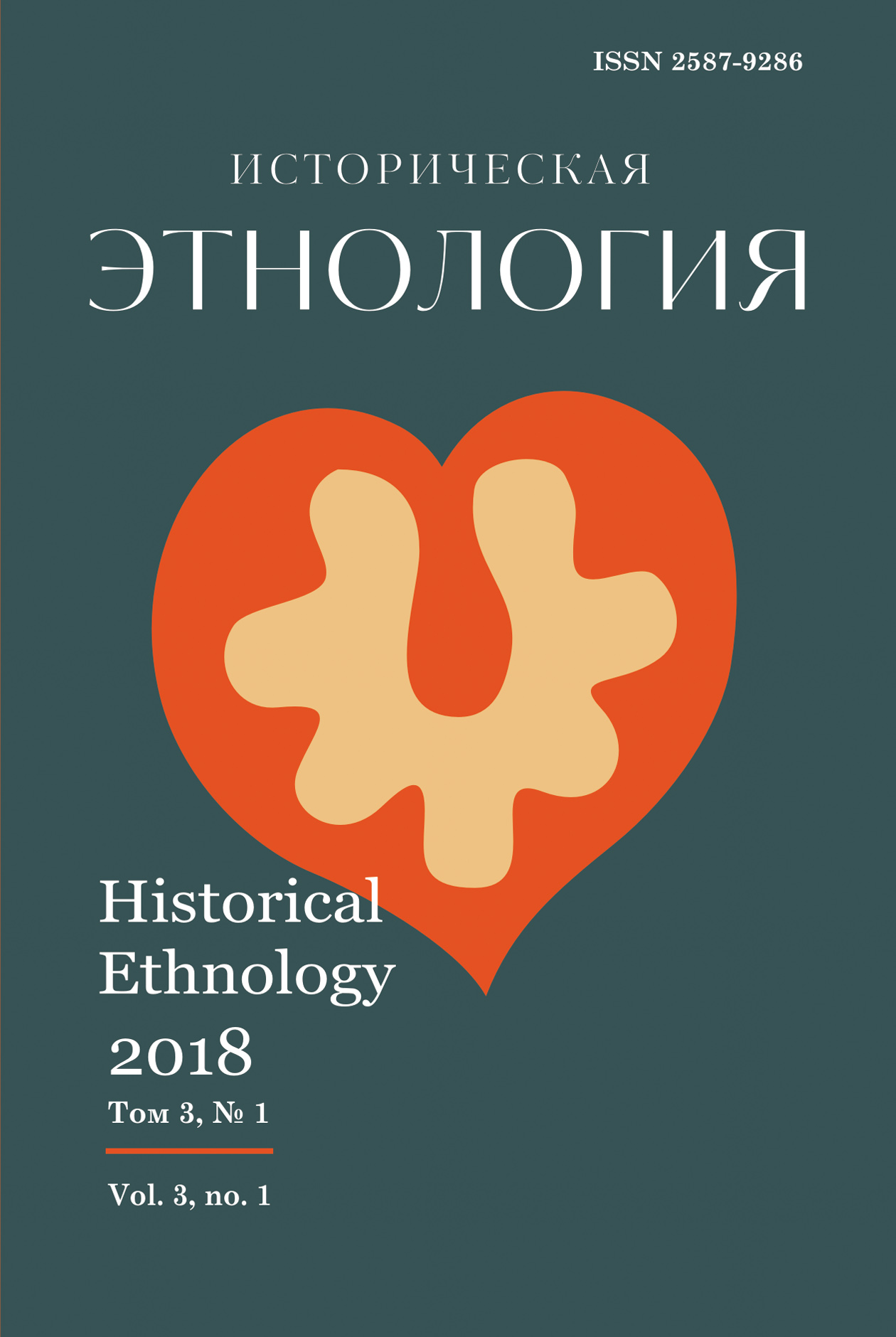
Main menu / 2018, vol.3, no.1 / L.V. Ostapenko
Special Aspects of the Gagauz Intelligentsia Formation and Development (Late 19th – Early 21st Century) L.V. Ostapenko
90-112 p. doi.org: 10.22378/he.2018-3-1.90-112 The intelligentsia plays an important role in the socio-cultural development of the nation. The features of its formation, scales and members are determined by a great number of different conditions and factors, as well as significantly vary in the ethno-regional perspective. The Gagauzes are representatives of the Turko-Tatar group of people living in the territory of Moldova, which for a long time have been in unfavourable conditions for educational and social growth. Formation of the Gagauz intelligentsia was rather complicated and ambiguous. The most important features of this process can be called low "starting positions" and slow formation and development rates for this social group both in the pre-Soviet period and during the first decades after the entry of Moldova into the USSR. For a long period of time, the Gagauz intelligentsia to some extent remained a lower part in comparison with representatives of other main nationalities of the republic. Its professional industry-specific structure was characterized by narrowness, so as the educational level was also low. Only toward the end of the 1980s, the growth rates of the Gagauz intelligentsia began to increase, and its composition expanded. However, the general success came to the Gagauzes in the post-Soviet period, particularly thanks to the creation of the Gagauz-Yeri autonomy and the formation of the Comrat State University. This example shows us a radical socio-professional and industrial restructuring in a comparatively short (according to the historical scale) period of time, and its representatives not only took worthy positions in the entire Republican elite but also made a significant contribution to strengthening ethnic self-awareness of the Gagauzes, as well as the development of their language and culture. Keywords: the Gagauzes, intelligentsia, social and professional composition, professional orientations, level of education, ethnic self-awareness For citation: Ostapenko L.V. Special Aspects of the Gagauz Intelligentsia Formation and Development (Late 19th – Early 21st Century). Istoricheskaya etnologiya – Historical Ethnology, 2018, vol. 3, no. 1, pp. 90–112. DOI: 10.22378/he.2018-3-1.90- 112
REFERENCES 1. Bulgar S.S. Gagauzskie sud’by [Fortunes of the Gagauze People]. Kishinev, 2003. 192 p. (In Russian) About the author: Lyubov V. Ostapenko is a Candidate of Science (History), Senior Researcher, N.N. Miklukho-Maclay Institute of Ethnology and Anthropology, Russian Academy of Sciences (32A, Leninsky prospect, Moscow 119991, Russian Federation); lost_82@bk.ru
|
Istoricheskaya etnologiya Historical Ethnology
Scientific journal







